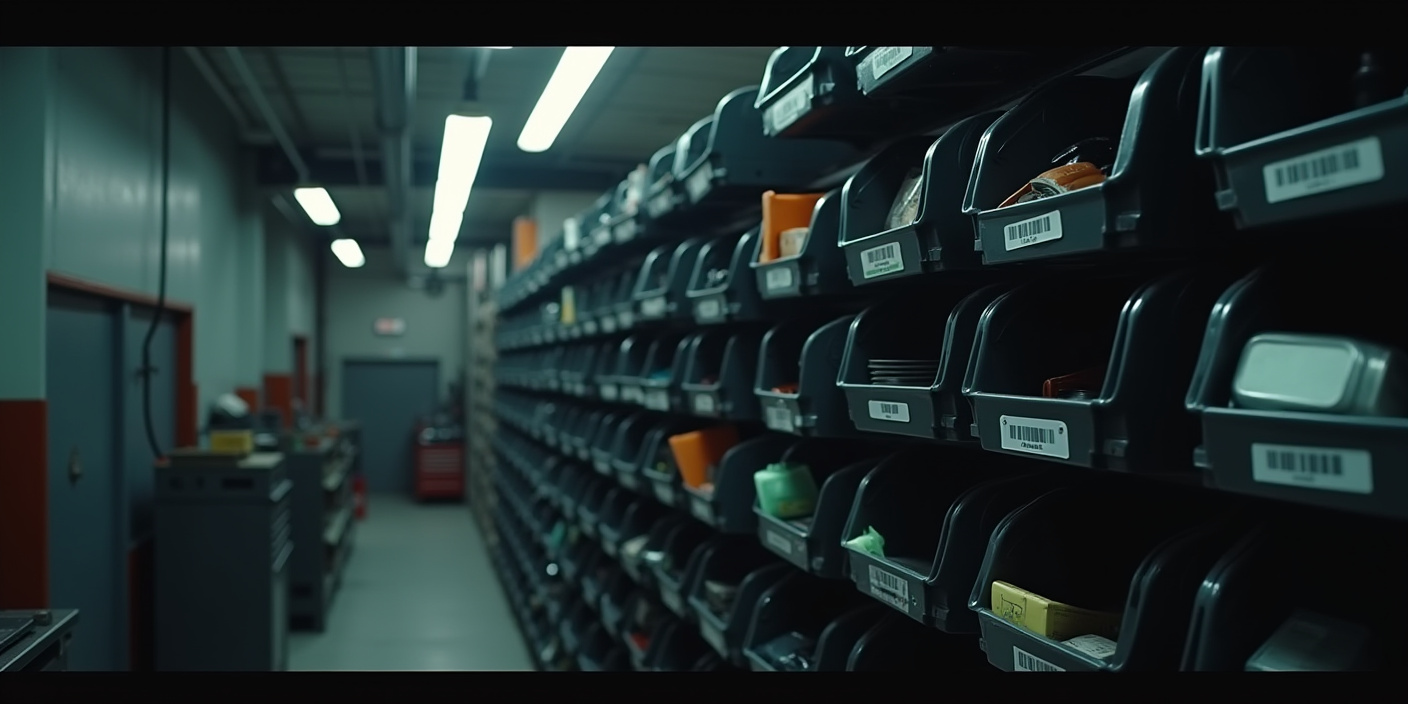
In the fast-paced world of heavy-duty truck repair, time is everything. Every hour a rig is sidelined translates to hundreds of dollars lost. For independent and mid-sized shops, the challenge isn’t always a lack of skill or manpower - it’s time wasted chasing problems instead of fixing them. Traditional diagnostics rely on tech experience, code readers, and a fair amount of educated guessing. But with modern trucks generating thousands of fault codes and sensor data points, even seasoned mechanics can hit a wall. This is where artificial intelligence (AI) comes in.
AI-powered diesel diagnostics are not just futuristic hype. They’re shop-floor tools that are reducing diagnostic time, improving first-time fix rates, and helping shops deliver faster, smarter service. In this article, we’ll explore how AI and machine learning are transforming diagnostics, the tools that make it possible, and how you can integrate this tech into your existing workflow.
The Problem with Traditional Diagnostics
Every shop has faced the dreaded mystery fault: the engine light is on, the codes are vague, and the clock is ticking. Traditional diagnostics often follow this pattern:
- Pull codes using a generic scan tool.
- Cross-reference with service manuals or online forums.
- Start testing and replacing parts based on experience and probability.
- Hope the issue doesn’t come back.
This method works - sometimes. But when it doesn’t, you end up with:
- Wasted labor hours.
- Expensive comebacks.
- Frustrated customers.
- Techs stuck in diagnostic purgatory.
Modern diesel engines are more complex than ever. Aftertreatment systems, ECUs, advanced sensors - all pumping out data in real time. It’s too much for any one person to sift through accurately every time.
What AI Does Differently
AI diesel diagnostic tools take a fundamentally different approach. Instead of relying on a tech’s memory or a printed troubleshooting flowchart, these tools process massive datasets: fault codes, sensor patterns, known fixes, and outcomes from thousands of similar vehicles.
Machine learning algorithms use this data to:
- - Prioritize the most critical codes.
- - Recommend repair actions with a probability rating.
- - Identify patterns that suggest failures before they happen.
- - Offer plain-language explanations and next steps.
For example, if a Cummins ISX throws a fuel pressure fault, the AI tool might report:
"Code XYZ has an 80% resolution rate with a failed rail pressure sensor; 15% were caused by a chafed harness; 5% required injector replacement."
That kind of clarity helps techs zero in fast - and skip hours of guesswork.
Key Benefits of AI Diesel Diagnostics
- Faster Troubleshooting: AI tools often cut diagnostic time by 60% or more, especially on complex or intermittent issues.
- Fewer Comebacks: By identifying root causes more accurately, shops reduce misdiagnoses and unnecessary part replacements.
- Tech Empowerment: Junior techs get guidance; senior techs get validation. Everyone spends more time fixing, less time searching.
- Predictive Maintenance: Some tools alert you to problems before they become active codes - like early signs of injector failure or turbo lag.
- Fleet Communication: Shops serving fleets can use AI tools to proactively schedule service before breakdowns happen.
Top AI-Powered Tools in the Market
1. Noregon TripVision
- Best For: Fleet monitoring and proactive repairs.
- Features: Remote diagnostics, real-time vehicle health scoring, predictive alerts.
- Why It Matters: Ideal for shops with fleet contracts - know what’s wrong before the truck arrives.
2. Diesel Laptops (w/ Preteckt AI)
- Best For: All-makes diagnostics with built-in repair plans.
- Features: AI repair suggestions, predictive monitoring, scan tool + repair info integration.
- Why It Matters: Blends hardware and smart software for powerful in-shop use.
3. TEXA IDC6
- Best For: Multi-brand shops needing intelligent handheld diagnostics.
- Features: Smart test selection, AI Global Search, guided troubleshooting.
- Why It Matters: Faster code-to-repair flow with broad equipment coverage.
- 4. Cummins Guidanz
- Best For: Mobile techs and Cummins-focused shops.
- Features: Quick scan via Bluetooth, plain-English fault interpretation, prioritized repair actions.
- Why It Matters: Speeds up Cummins diagnostics without OEM laptop hassle.
Case Studies: Real Shops, Real Results
- City Fleet Boosts Tech Efficiency 60%: A Tennessee fleet using Preteckt filtered out 90% of irrelevant codes. Techs stopped chasing ghost faults and fixed more trucks per shift.
- Independent Shop Finds Hidden Harness Fault: Repeated EGR issues solved after AI spotted correlation with voltage drops. Techs found a chafed harness that manual testing missed.
- Construction Fleet Avoids $12K Breakdown: TripVision flagged abnormal hydraulic pressure trends before failure. Part was replaced during planned downtime - no tow, no lost revenue.
Integrating AI Diagnostics into Your Workflow
The real power of AI tools comes when they connect directly to your shop management software. Here’s how integration transforms your shop:
- Auto-Generated Work Orders: A scanned fault code opens a job ticket instantly.
- Parts Planning: Suggested repairs populate parts lists automatically.
- Smart Scheduling: Assign work based on urgency and technician skill set.
- Customer Communication: Send proactive service alerts with clear explanations.
- Compliance and Warranty: Logs diagnostic steps and proof-of-repair for inspections or claims.
Platforms like ShopView and Fullbay are already integrating these capabilities. When combined, AI diagnostics and shop software reduce downtime, increase throughput, and improve transparency.
Tips to Get Started
- Evaluate Your Needs: Do you serve fleets? Work on all makes? Mobile repair? Choose a tool that fits your shop’s workflow.
- Train Your Team: Most tools are user-friendly, but a little training ensures faster adoption and better results.
- Start Small: Use AI tools on tricky diagnostics first. Once the team sees the value, usage will grow.
- Look for Integration: Make sure your diagnostic tool can connect with your management system - or at least export data easily.
- Review Your Results: Track metrics like diagnostic time, first-time fix rate, and comeback reduction. AI tools should show their ROI quickly.
The Bottom Line
AI-powered diagnostics aren’t a luxury. They’re a competitive advantage. In an industry where uptime is gold and labor is expensive, faster, smarter troubleshooting is the future of heavy-duty repair.
Independent and mid-sized shops that adopt this technology will:
- Increase bay throughput.
- Serve more customers.
- Gain trust with fleets.
- Attract and retain techs who want to work smarter, not harder.
You don’t need to be a dealership or a tech wizard to start using AI. You just need the right tool - and the willingness to modernize your diagnostic process.
Ready to make AI your next hire? The tools are ready. Your competitors might already be using them. Don’t get left behind.
Smarter diagnostics start now.
.png?width=1500&height=1500&name=11%20(1).png)








.png?width=1500&height=1500&name=1%20(1).png)

%20-%20Copy.png?width=1500&height=1500&name=2%20(1)%20-%20Copy.png)



